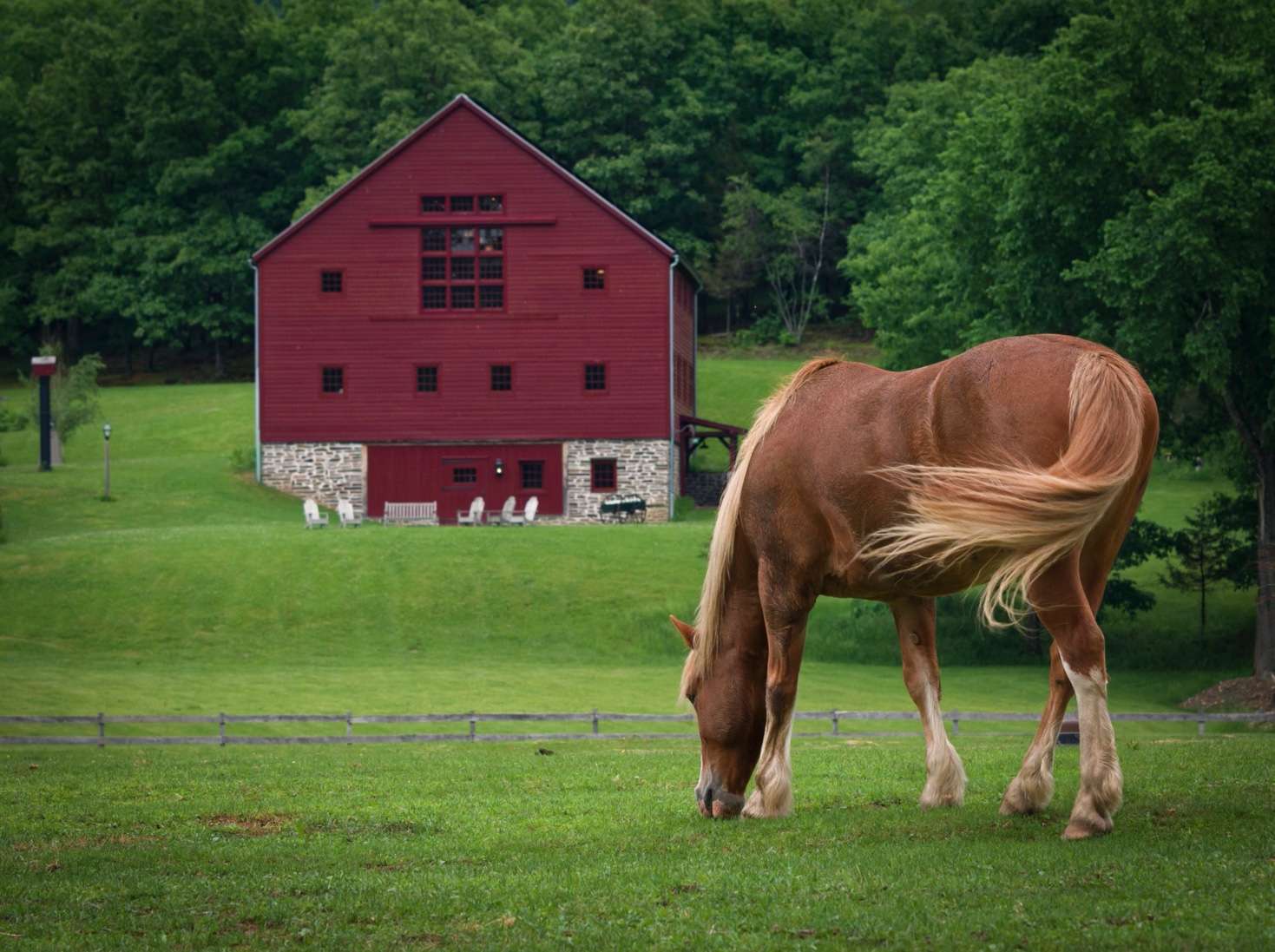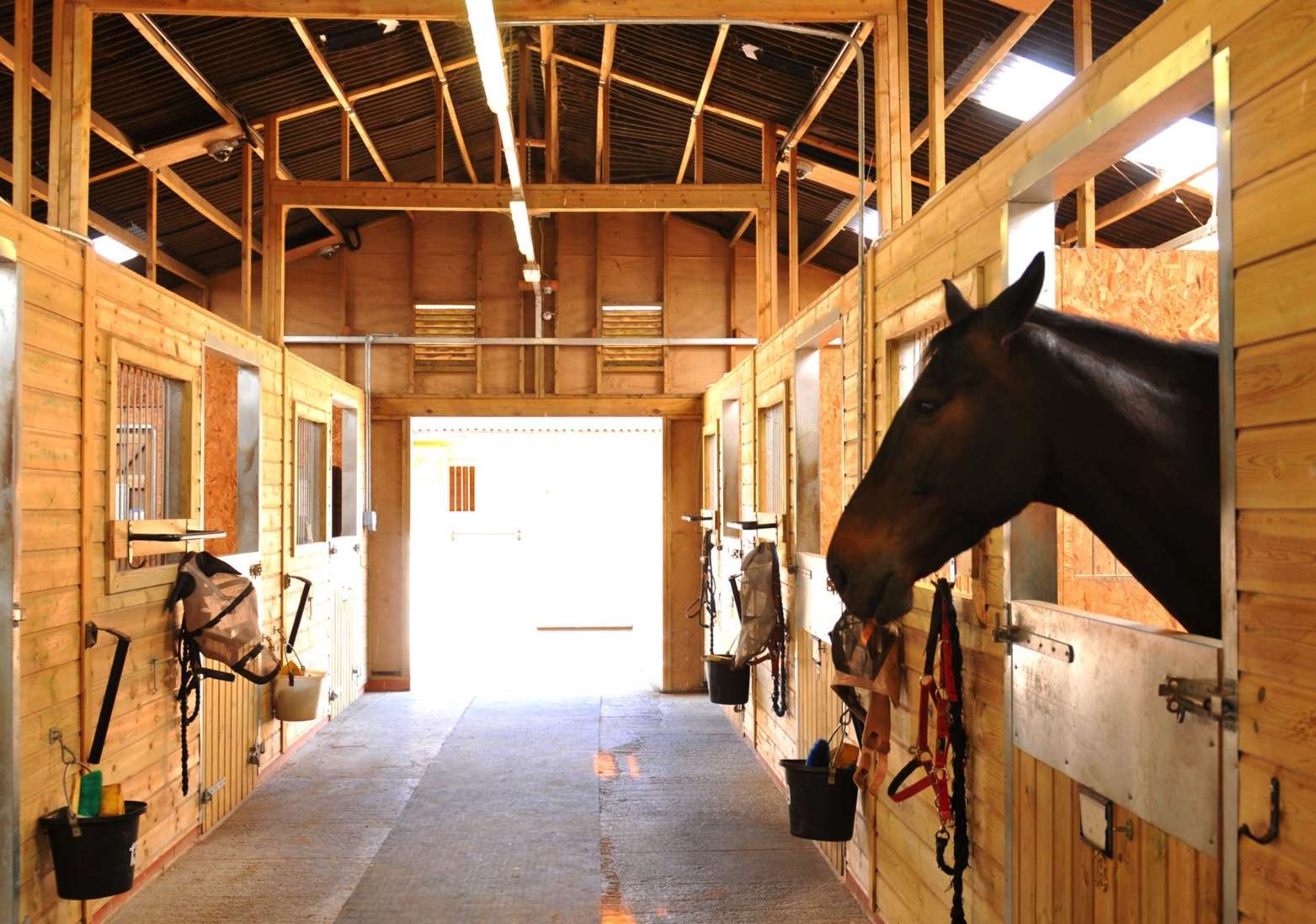Every equestrian desires to craft the ideal barn for their beloved horse. Yet, this vision often clashes with real-world challenges. Safety tops the list, followed closely by tight budgets and space constraints. Maintenance is also a constant battle.
This handy checklist will help you tackle each challenge head-on. By the end, you’ll be on a clear path to building that functional, efficient barn you’ve always wanted.
- Proper Site Selection
Selecting the right site isn’t just about aesthetics; it’s crucial for practicality. A well-drained, flat location is vital. It prevents waterlogging and potential health hazards for your horse. Plus, it’ll save you from dealing with muddy, unstable grounds during the rainy season.
But there’s more to think about. Ensure your site’s accessible, both for daily chores and emergencies. Sunlight exposure boosts your horse’s health while considering prevailing wind directions keeps the barn ventilated. It’s not just about building a barn—it’s about creating a safe, efficient space. With these factors in mind, you’re off to a strong start.
When planning your barn, don’t overlook rural suppliers. They’re treasure troves of quality materials, specialised equipment, and invaluable advice. Their expertise can guide your decisions, ensuring you pick the best for your barn.
- Durable Flooring Materials
Your barn’s flooring isn’t just groundwork—it’s the foundation of safety. Choosing non-slip, easy-to-clean flooring isn’t a luxury; it’s a must. Wet or soiled floors aren’t just unpleasant; they’re risky. They can cause falls and injuries and spread diseases. So, pick the right material.
Concrete is durable and easy to clean but can be hard on your horse’s joints. Rubber matting offers cushioning and is non-slip, making it a favourite. Compacted stone, on the other hand, provides natural drainage and grip. Each has merits, but your horse’s needs should guide your choice.
- Adequate Ventilation System
Breathable air isn’t just for humans; horses need it too. Good ventilation ensures your horse’s health and boosts comfort. Stale, dusty air can lead to respiratory problems. On cold days, moisture buildup might invite mould.
To achieve that fresh air flow, focus on cross-ventilation. Where you place windows matters. Align them to catch prevailing winds, allowing fresh air in and pushing stale air out. Don’t forget roof vents—they let hot air escape. With these tips, you’re ensuring your barn isn’t just a shelter but a breath of fresh air.
- Secure Fencing And Stall Design
Your horse’s safety hinges on the fencing and stalls you choose. Durable, safe materials are non-negotiable. Flimsy fences or poor stall designs can lead to injuries. Broken boards or sharp edges can also cause accidents.
Beyond durability, consider space. Cramped stalls can stress your horse and limit movement. As a rule, aim for ample stall size tailored to your horse’s needs. Also, pick materials that prevent entrapment. Smooth, solid barriers ensure your horse doesn’t get a hoof or head stuck. In designing, always prioritise safety, as your horse depends on it.

- Efficient Lighting And Electrical Systems
Lighting isn’t just for clarity; it’s crucial for safety. A well-lit barn simplifies evening chores and minimises risks. Stumbling around in the dark sets you up for uncalled-for accidents. But it’s not just about adding lights—it’s about choosing the right ones.
Opt for energy-efficient LED lights. They last longer, save you money, and provide clear illumination. Moreover, don’t DIY the electrical. Hire a professional for installations. It ensures safety and adherence to codes. After all, with electricity, it’s always better to be safe than sorry. Your barn’s safety, and yours, hinges on it.
- Storage Solutions For Feed And Equipment
A cluttered barn isn’t just an eyesore—it’s a hazard. Organised, moisture-free storage is vital. Mouldy feed is a health risk for your horse. Disorganised equipment is an accident in the making. Plus, pests love chaos and dampness.
Consider building a separate feed room—it centralises feed and keeps it fresh. As for equipment, think vertical. Shelving, hooks, and hanging systems maximise space, keeping tools within reach yet out of the way. Efficient storage isn’t just about neatness. It safeguards your horse’s health and streamlines your tasks.
- Planning For Manure Management
Horses produce a lot of manure. Improper disposal isn’t just unpleasant—it’s an environmental and health concern. Waste can contaminate water sources, attract pests, and release harmful gases.
Consider starting a composting system. It’s eco-friendly and turns waste into valuable garden compost. If you’re not keen on DIY, hire professional waste disposal services. They’ll handle the dirty work, ensuring responsible manure management. Whichever route you choose, being proactive about waste is vital for the environment, your horse, and you.
Conclusion
Building the right barn isn’t just about aesthetics; it’s about safety for you and your horse. A well-planned barn ensures your horse’s well-being and gives you peace of mind. It’s a safe space, free from hazards.
Time spent planning now saves money later. Think of it as an investment. Proper planning avoids costly mistakes and future headaches. It’s a proactive approach to your horse’s care.
Lastly, don’t go it alone. Consult with experts. They offer invaluable advice based on years of experience. And always stay informed. Education is critical to the best outcomes. Your horse deserves nothing less.





